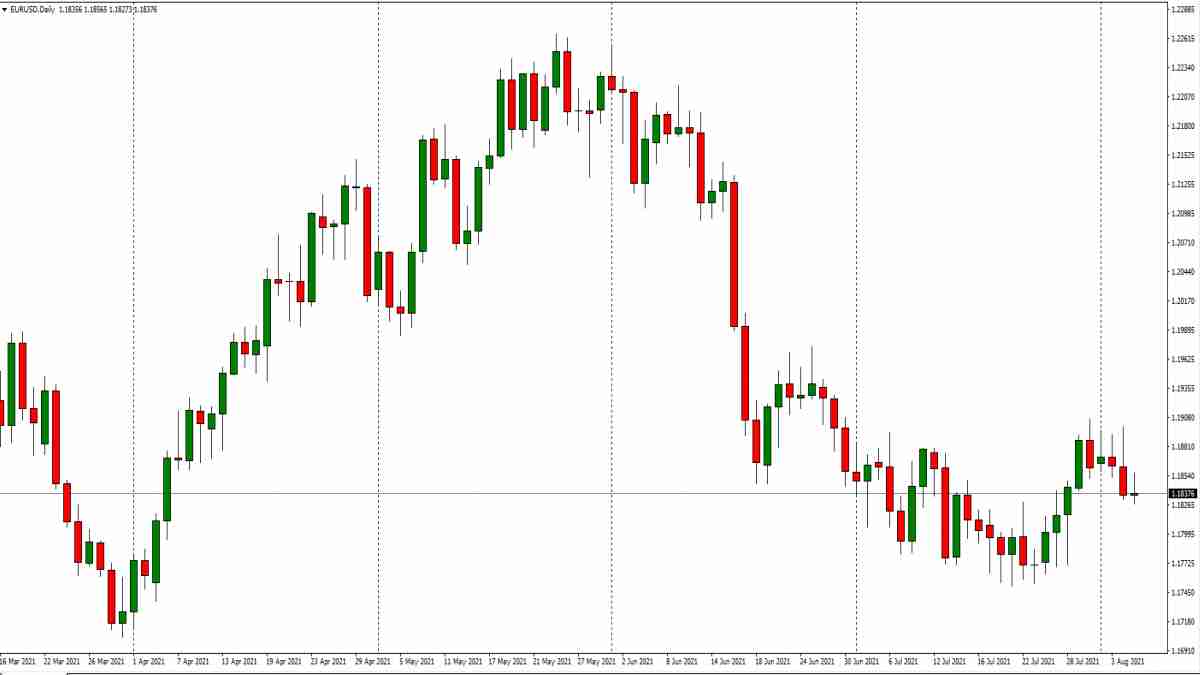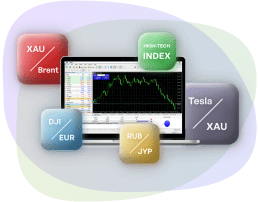- Education
- Forex Trading Strategies
- Strategies by Forex Analysis
- Fundamental Analysis Strategy
Fundamental Analysis Trading Strategy

KEY TAKEAWAYS
- Fundamental analysis goal is to calculate the fair market price of a security, which the trader can compare with the current price to see if the security is undervalued or overvalued.
- Fundamental analysis in forex includes economic conditions that may affect the national currency.
- There are several major indicators to monitor when conducting fundamental analysis.
Fundamental Analysis Strategy
Fundamental analysis is a method of measuring a security's value by analysing related economic and financial factors such as a country's macroeconomics, effectiveness of the company's management etc. Fundamental analysis strategy basically through this analysis trader studies anything that can influence security's value.
Fundamental analysis is used to identify if the security is correctly valued within the broader market, it's done from a macro and micro perspective. Analysis starts first from a macro perspective, only then moved to specific company’s performance (micro).
Data can be gathered from public records. A trader, when evaluating stock, should look for revenues, earnings, future growth, return on equity, profit margins etc..
If analysis shows that the stock's value is significantly lower than the current market price, then the signal is buy. And vice versa, if fundamental analysis shows the stock's value is significantly higher than the current market price, then the signal is sell.
Fundamental analysis strategy can be categorised in two groups:
- Quantitative - information that can be shown in numbers and amounts. They are the measurable characteristics of a business, like revenue, profit, assets, and more.
- Qualitative - the nature of information, rather than its quantity. They might include the quality of a company's key executives, its brand-name recognition, patents, and proprietary technology.
Usually quantitative and qualitative methods are used in the mix, when conducting fundamental analysis.
Fundamental Analysis Forex Strategy
Traders who trade in Forex also use fundamental analysis as well. Sinse fundamental analysis is about considering the intrinsic value of an investment, its application in forex will include considering economic conditions that may affect the national currency. But if you are new to Forex trading, you can start with another article "What is Forex trading" and then continue with the fundamental strategy.
Here are some of the major fundamental factors that play a role in the movement of a currency.
- Economic Indicators - Economic indicators are reports published by the government or a private organization that detail the economic performance of a country. Trader will find here unemployment rates and numbers, housing stats, inflation etc.
- GDP - is a measure of a country's economy, and it represents the total market value of all goods and services produced in a country during a given year.
- Retail Sales - measures the total revenue of all retail stores in a given country. The retail sales report can be compared to the trading performance of a publicly traded company. What can help trader better understand the market situation.
- Industrial Production - Traders usually look to utility production, which can be extremely volatile as the utility industry, in turn, is highly dependent on weather conditions and on trade and energy demand.
- Consumer Price Index - measures change in the prices of consumer goods across over 200 different categories, when compared to a nation's exports, can be used to see if a country is making or losing money on its products and services.
There are three main indicators to look closely when applying fundamental analysis strategies.
Purchasing Managers index (PMI) - is an index of the prevailing direction of economic trends in the manufacturing and service sectors. PMI is used to provide information about current and future business conditions to company decision makers, analysts, and investors.
MI is released once a month and contains 19 primary industries' companies surveys. PMI is based on five major survey areas, that contain questions about business conditions and changes, whether it be improving, no changes, or deteriorating.
- New Orders
- Inventory Levels
- Production
- Supplier Deliveries
- Employment
PMI number spreads from 0 to 100. when PMI is above 50, it represents an expansion when compared with the previous month. When PMI reading under 50, it represents a contraction, and when it's 50 - means no change.
Formula looks like this, quite simple:
PMI = (P1 * 1) + (P2 * 0.5) + (P3 * 0)Where:
P1 = percentage of answers reporting an improvement
P2 = percentage of answers reporting no change
P3 = percentage of answers reporting a deteriorationTraders can use the PMI since it is a leading indicator of economic conditions. The direction of the trend in the PMI tends to precede changes in the trend in major estimates of economic activity and output. Paying close attention to the PMI can yield profitable foresight into developing trends in the overall economy.
Producer Price index (PPI) - is a measure of inflation based on input costs to producers. It measures price movements from the seller's point of view.
There are three areas of PPI classification:
- Industry
- Commodity
- Commodity-based final and intermediate demand
PPI measure starts with number 100 and then and when the production increases or decreases, the movements can then be compared against the starting number (100).
F.e. production of ottoman has a PPI of 108 for the month of March. The 108 indicates that it cost the ottoman manufacturing industry 8% more to produce ottoman in March than it did in February.
Employment Cost index (ECI) - is a quarterly economic series that details the growth of total employee compensation. It tracks movement in the cost of labor, measured by wages and benefits, at all levels of a company.
The index has a base weighting of 100.
So the upward trend most of the time represents a strong and growing economy; employers are passing on profits to their employees through wages and benefits. Traders use this indicator for inflationary ideas, since wages represent a big portion of the total cost for a company to produce a product or deliver a service in the marketplace.
Advantages and disadvantages of ECI
Advantages of ECI
- The ECI calculates the total set of employee costs to businesses, not just wages - health insurance, pensions and death-benefit plans, and bonuses.
- Rates of change are shown from the previous quarter and on a year-over-year basis.
Disadvantages of ECI
- The data is only released quarterly, and with a slight overlap, covering a mid-month period.
- ECI can be volatile when periodic bonuses, commission payments and the like are taken into account (especially at year-end - bigger bonuses).
Bottom Line on Fundamental Analysis Strategy
There are many economic indicators that can be used to evaluate forex fundamentals. It's important to take a thorough look not only at the numbers but also understand what they mean and how they affect a nation's economy. If the fundamental analysis is properly done, it can be an invaluable resource for any currency trader to make a somewhat right choice.





